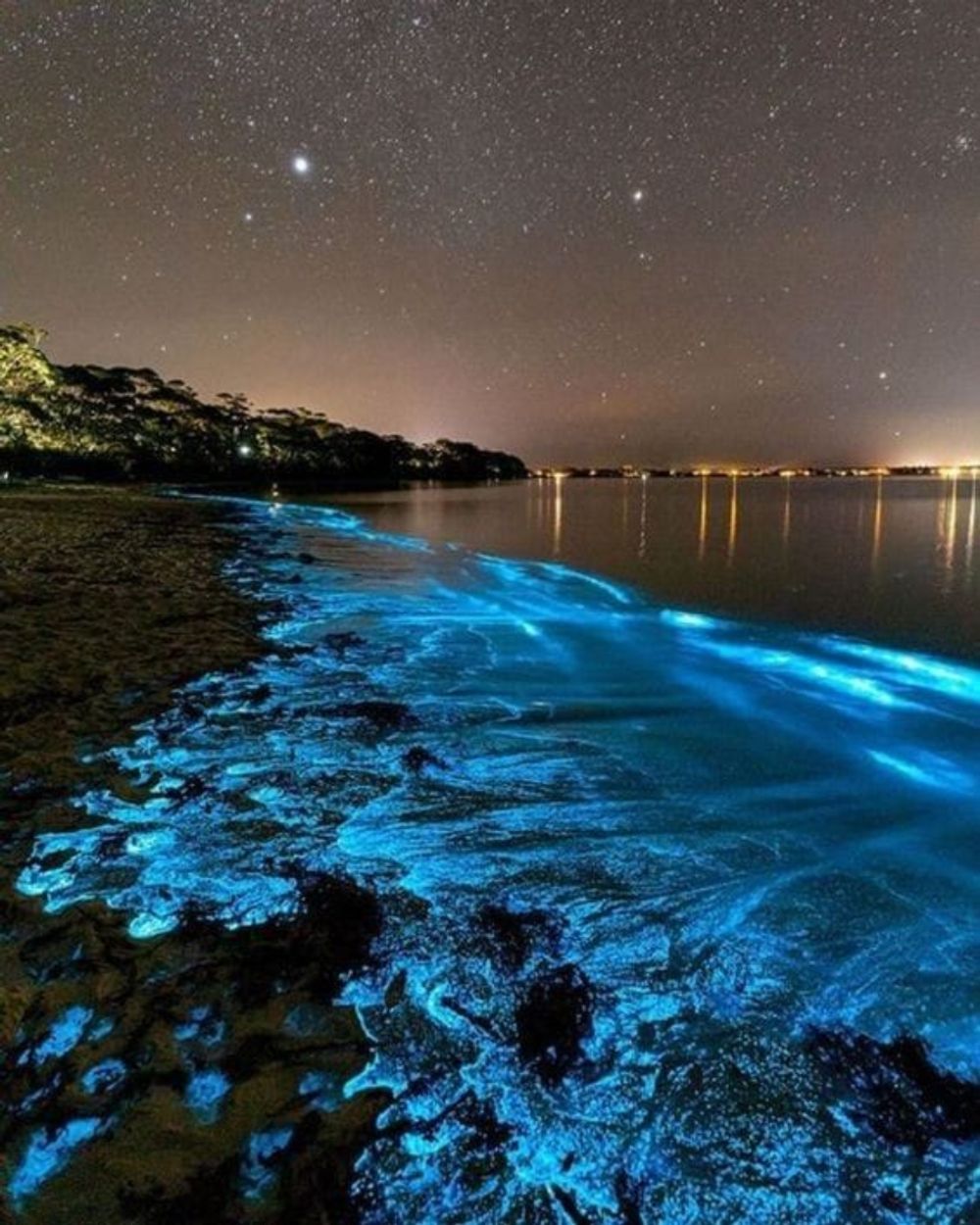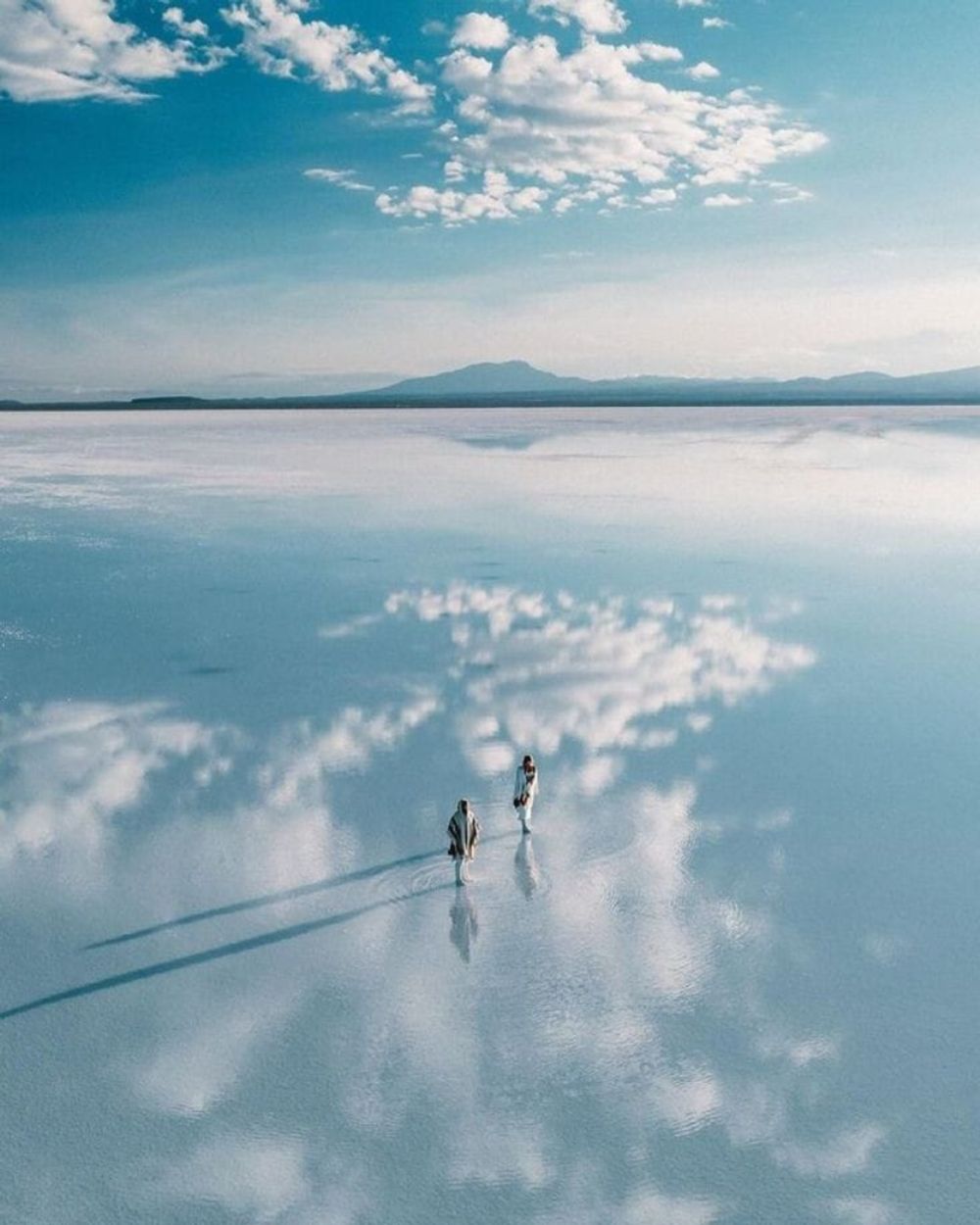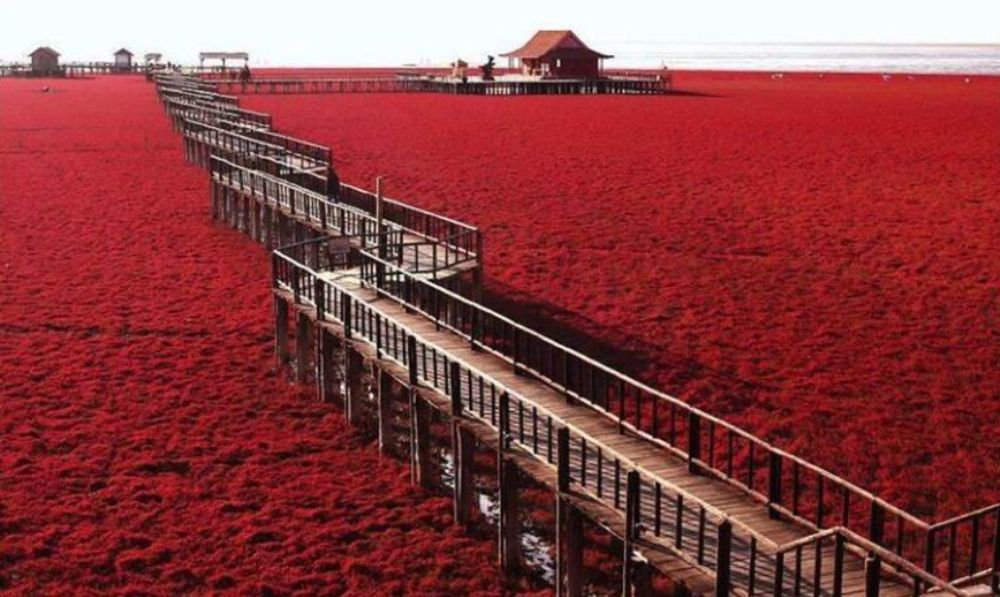

1.MENDENHALL CAVES , ALASKA

Ice caves and the captivating Mendenhall Glacier can be seen in Juneau, Alaska. The caves were created by water flowing through and over the glacier, creating the surreal pathway. Travellers can kayak to the edge of the ice and hike in or climb the glacier to reach the caves.
Unfortunately, as global temperatures rise, the glacier is melting. This implies that the astounding blue walls will probably vanish shortly as well. It's best to explore the Mendenhall ice caves as soon as possible if you wish to.
2.BIOLUMINESCENT BEACH , THE MALDIVES

Even though Vaadhoo, an island in the Maldives, shimmers at night, it is not because of the moon's reflection. The water sparkles and glows a brilliant blue because of phytoplankton known as dinoflagellates. Dinoflagellates shine as a result of a chemical process.
Researchers found that the microbes produce bioluminescence that is comparable to that of fireflies and crystal jellyfish. The Sea of Stars is the name of the Maldives phenomena. Visitors come to Vaadhoo from all over the world to see this extraordinary wonder.Would you travel to the island to witness the lit-up shores?
3.SALAR DE UYUNI , BOLIVIA

The largest salt flat on Earth is also the largest mirror in the world, known as Salar de Uyuni. The vast salt plain developed as an ancient lake dried up. Salar de Uyuni, a vast desert in Bolivia's Andes, is more than 4,000 square miles in size.
Structures made of granite and bright salt dot the landscape. The salt flat rarely has wildlife, however pink flamingos frequently pass by. The salt flat transforms into a little lake during the rainy season, reflecting the sky and giving the impression of being endless
4.RED BEACH ,CHINA

Red Beach is a stunning location in Panjin, Liaoning, China. It also happens to be situated in the biggest reed marsh and wetland on earth. The terrain is made mainly of tidelands and shallow waters. The beach's vivid colour is a result of the red Suaeda plant.
One of the rare plant species that thrives in extremely alkaline soil is Suaeda. The new plant is vivid crimson in April. The redder the plants get as they get older. Wildlife and birds of all types can be found in the protected area. In actuality, the region is home to approximately 400 wild creatures and more than 260 different species of birds.
5. GRAND PRISSMATIC SPRING ,WYOMING

The Grand Prismatic Spring is the largest hot spring in the United States, measuring 370 feet in diameter and 160 feet in depth. The spring, which is in Wyoming, was initially identified in 1839 and was merely referred to as a "boiling lake." The vibrant spring colours, which include shades of red, orange, yellow, green, and blue, command the attention of onlookers. The brilliant colours of the spring are caused by microbial mats along the edges of the water. Due to the intense heat in the middle of the pool, it is sterile and naturally blue in colour.
THANK YOU FOR READING :)
